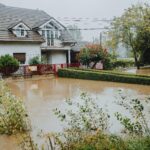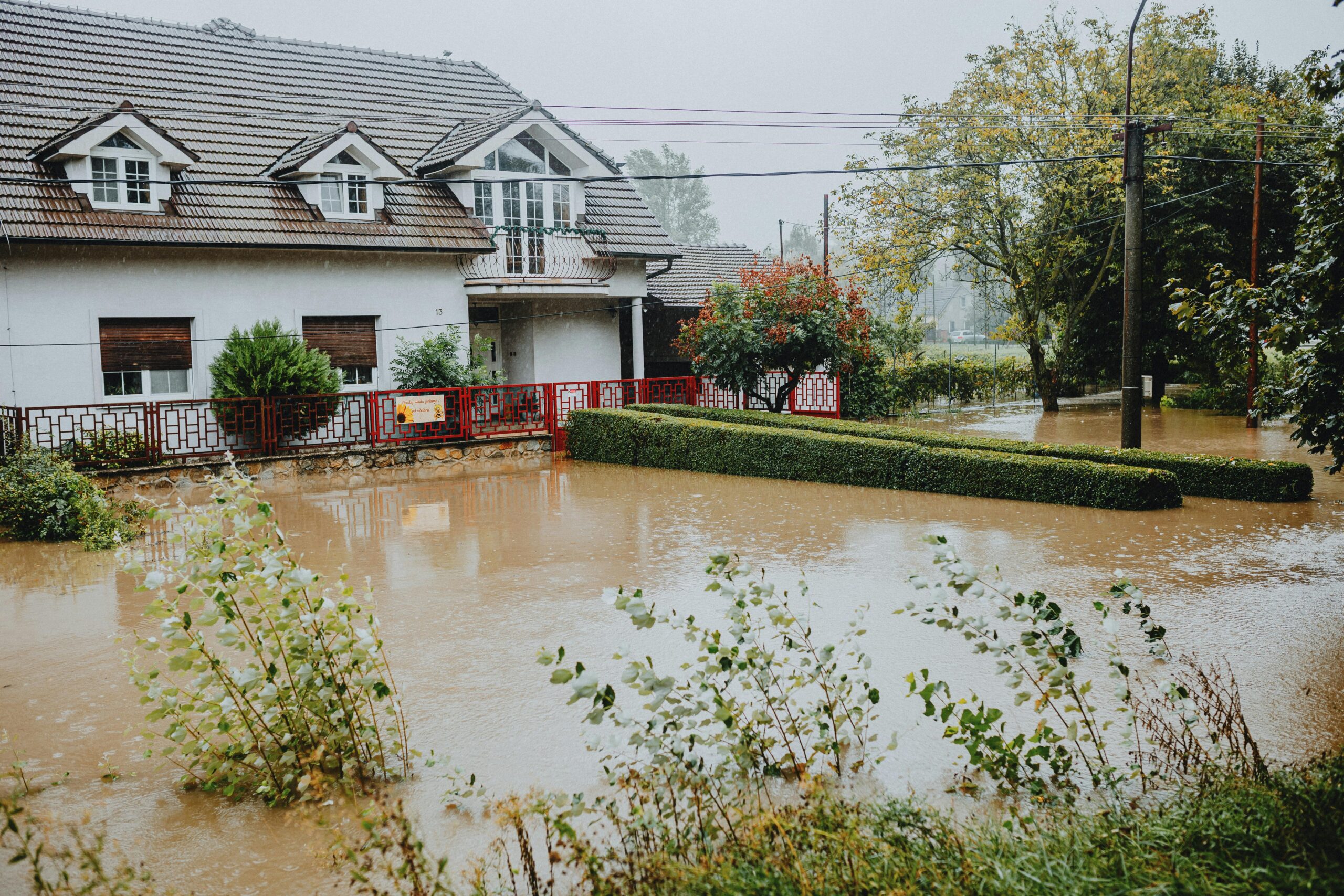Homeownership comes with both pride and responsibility. Your home is not just a financial asset—it’s a sanctuary where your family lives, memories are created, and possessions are stored. However, natural disasters such as floods, hurricanes, earthquakes, wildfires, and tornadoes can threaten this safety. Home insurance provides a crucial safety net, offering financial protection and peace of mind in the face of unforeseen calamities.
This article explores the role of home insurance in protecting against natural disasters, types of coverage, factors influencing premiums, trends in 2025, challenges, and best practices for homeowners.
Understanding Home Insurance
Home insurance, also known as homeowners insurance, is a policy that protects a residential property against damage or loss. It typically covers:
-
Structural Damage: Damage to the building itself.
-
Personal Property: Loss or damage to possessions inside the home.
-
Liability: Legal responsibility for injuries or damages to others while on the property.
-
Additional Living Expenses: Costs incurred if the home becomes uninhabitable due to a covered disaster.
Standard home insurance policies may not cover all natural disasters. Specific hazards such as floods, earthquakes, or landslides often require additional coverage or separate policies.
Types of Natural Disaster Coverage
Understanding the types of coverage available is crucial for comprehensive protection:
1. Fire and Wildfire Insurance
Fires, including wildfires, can cause catastrophic property damage. Fire insurance typically covers:
-
Structural repair or rebuilding
-
Replacement of personal belongings
-
Temporary relocation costs
Wildfire-specific coverage may be required in high-risk areas. Policies often factor in local fire department response times and fire hazard ratings.
2. Flood Insurance
Flooding is one of the most common and devastating natural disasters. Standard home insurance usually excludes flood damage, making separate flood insurance essential. Key coverage includes:
-
Damage to the structure and foundation
-
Replacement of flooring, walls, and furniture
-
Repairs to electrical systems damaged by water
Flood risk is assessed using maps provided by government agencies and insurers, which influence premiums.
3. Earthquake Insurance
Earthquakes are unpredictable and can cause severe structural damage. Earthquake insurance covers:
-
Structural repairs
-
Personal property replacement
-
Temporary housing during rebuilding
Premiums depend on seismic risk zones, construction type, and home age.
4. Hurricane and Storm Insurance
Hurricanes, tornadoes, and severe storms can destroy homes rapidly. Coverage typically includes:
-
Roof and structural damage
-
Damage from wind, hail, or falling debris
-
Additional living expenses if displaced
Some policies may cap coverage for wind damage, requiring riders or separate hurricane insurance.
5. Landslide and Mudslide Insurance
In regions prone to landslides or mudslides, specialized coverage protects against soil movement and debris impact. Policies often assess risk based on:
-
Slope and soil composition
-
Rainfall and historical landslide data
-
Nearby construction or deforestation
Factors Affecting Home Insurance Premiums
Insurance premiums for natural disaster coverage are influenced by multiple factors:
-
Location: Homes in floodplains, wildfire-prone areas, or seismic zones face higher premiums.
-
Construction Type: Materials, foundation type, and structural reinforcements affect risk.
-
Home Age and Condition: Older homes may be more vulnerable to disaster-related damage.
-
Claims History: Prior claims can increase premiums.
-
Coverage Amount: Higher coverage limits or added riders raise costs.
-
Deductibles: Higher deductibles reduce premiums but increase out-of-pocket costs during claims.
The Role of Technology in Disaster Protection
Technology has transformed how insurers assess risk and provide coverage:
1. Risk Modeling and Predictive Analytics
Insurers use big data and predictive modeling to estimate disaster risk for specific locations. This helps determine premiums and coverage recommendations.
2. Satellite and Drone Monitoring
Satellite imagery and drones allow insurers to monitor high-risk areas, assess damage after disasters, and speed up claims processing.
3. Smart Home Integration
Smart home devices like water leak detectors, smoke alarms, and fire suppression systems can:
-
Reduce risk of damage
-
Lower insurance premiums
-
Provide real-time alerts for homeowners
4. Mobile Apps and Digital Claims
Many insurers now offer mobile apps for:
-
Policy management
-
Filing and tracking claims
-
Emergency alerts during natural disasters
Digital platforms improve convenience and transparency, ensuring quicker response times during emergencies.
Benefits of Home Insurance Against Natural Disasters
Home insurance provides tangible and intangible benefits:
-
Financial Protection: Covers the high costs of repairs, replacement, and temporary housing.
-
Peace of Mind: Reduces anxiety about unpredictable disasters.
-
Encourages Risk Mitigation: Insurance companies often offer discounts for protective measures like reinforced roofs, flood barriers, and seismic retrofitting.
-
Supports Recovery: Enables faster rebuilding and replacement, minimizing long-term disruption to daily life.
-
Legal and Lender Requirements: Mortgage lenders often require insurance to protect their investment, ensuring compliance and financial security.
Challenges in Home Insurance for Natural Disasters
Despite its benefits, home insurance faces several challenges:
1. Coverage Gaps
Many standard policies exclude certain natural disasters like floods, earthquakes, or hurricanes, leaving homeowners vulnerable.
2. Rising Premiums
Increasing frequency and intensity of natural disasters have led to higher premiums, particularly in high-risk areas.
3. Claims Processing Delays
Large-scale disasters can overwhelm insurers, causing delays in claims approvals and payouts.
4. Fraud and Misrepresentation
Fraudulent claims or underreported property conditions can increase costs for insurers and honest policyholders.
5. Affordability
High premiums can make comprehensive coverage inaccessible for some homeowners, particularly in disaster-prone regions.
Trends in Home Insurance in 2025
Several trends are shaping the future of home insurance against natural disasters:
-
Digital-First Policies: Increasing adoption of online platforms for policy purchase, management, and claims processing.
-
Parametric Insurance: Policies that pay out automatically based on predefined triggers (e.g., earthquake magnitude or flood levels), reducing delays and administrative overhead.
-
Climate Risk Modeling: Advanced predictive models help insurers price policies accurately, assess risk, and offer tailored coverage.
-
Green Home Incentives: Homes with sustainable, disaster-resistant construction materials are rewarded with premium discounts.
-
Collaborative Disaster Response: Insurers partnering with governments and NGOs to enhance disaster preparedness and recovery efforts.
Best Practices for Homeowners
Homeowners can take several steps to maximize protection against natural disasters:
1. Assess Risk
Understand the natural disaster risks in your area, including flood zones, wildfire risk, and seismic activity.
2. Choose Comprehensive Coverage
Select policies that cover likely hazards, and consider additional riders for earthquakes, floods, hurricanes, or landslides.
3. Maintain Property
Regular maintenance, retrofitting, and safety upgrades can reduce damage risk and lower premiums.
4. Document Property and Valuables
Keep an updated inventory of possessions, including photographs and receipts, to facilitate faster claims.
5. Emergency Preparedness
Create an emergency plan, maintain emergency kits, and install safety devices to reduce risk and ensure family safety during disasters.
Conclusion
Natural disasters pose significant risks to homeowners, threatening both property and personal security. Home insurance serves as a critical line of defense, offering financial protection, peace of mind, and support for recovery. With evolving technology, predictive analytics, parametric policies, and smart home integration, insurance against natural disasters is becoming more sophisticated, personalized, and efficient.
By understanding the types of coverage available, factors influencing premiums, and best practices for protection, homeowners can ensure their investments and families remain secure, even in the face of nature’s most unpredictable challenges.









